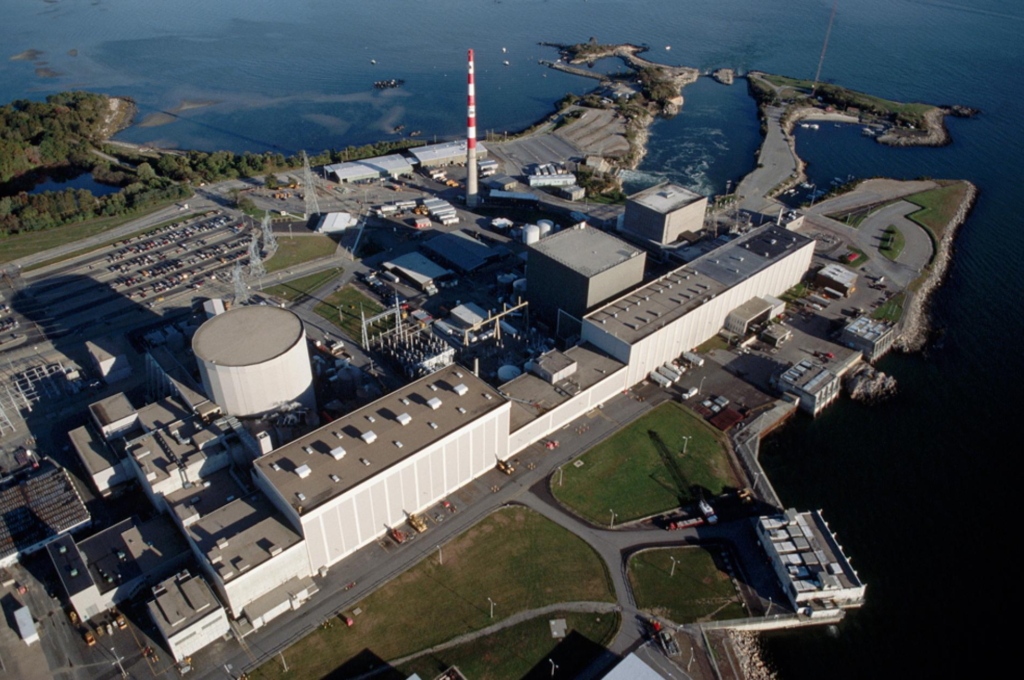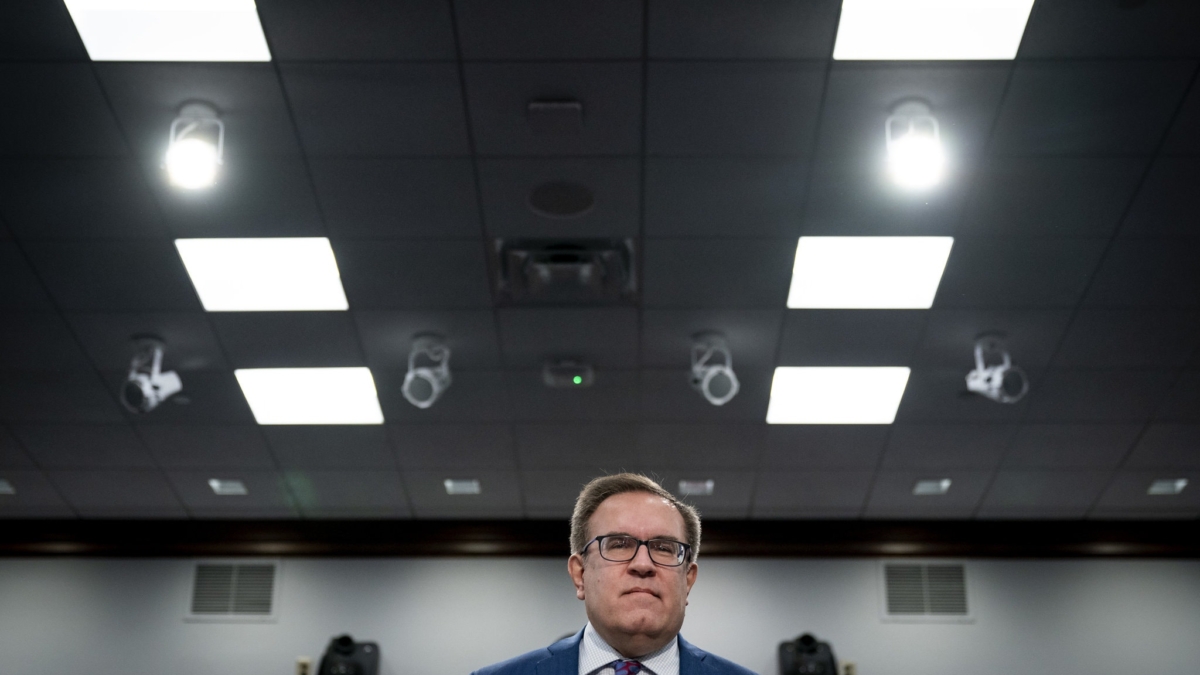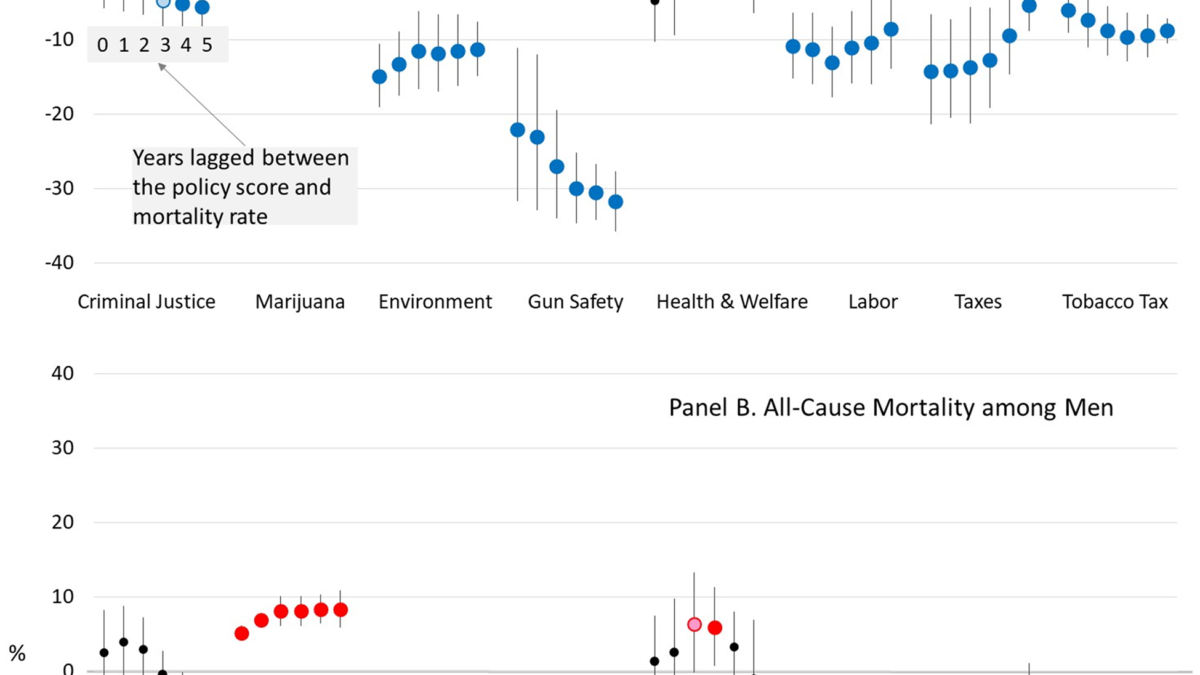Nuclear power, once seen as impervious to global warming, threatened by heat waves – “You need to solve global warming for nuclear plants to survive”

By Alan Neuhauser
1 July 2019
(US News) – There’s a reason nuclear plants are built close to water.
Harnessing the enormous power of nuclear fission, plants generate steam, which shoots through pipes to spin a turbine that generates massive amounts of electricity. To keep from getting dangerously hot, the plants suck up surrounding water from the nearby rivers, lakes or oceans around which they’re built to cool the steam.
Now, increasingly, more frequent heat waves and hotter average temperatures are making those waters so warm that engineers are concerned that it can’t do the job. Analysts say climate change is to blame.
In little-noticed but publicly available reports to regulators, nuclear plant owners revealed that unusually hot temperatures last year forced them to reduce the plants’ electricity output more than 30 times – most often in the summer, when demand from nuclear plants is at its highest. In 2012, such incidents occurred at least 60 times. At one plant in Connecticut a reactor was taken offline for nearly two weeks when temperatures in the Long Island Sound surged past 75 degrees.
The incidents, submitted to the Nuclear Regulatory Commission, reflect a sharp uptick from even a decade ago, when plants appear to have submitted only nine such reports in 2009. In 1988, 1989 and 1991, there was just one such report. The dramatic increase mirrors the rise in average U.S. and global temperatures spurred by climate change.
“I’ve heard many nuclear proponents say that nuclear power is part of the solution to global warming,” says David Lochbaum, a retired nuclear engineer who compiled the reports based on data submitted to the NRC, and former director of the Nuclear Safety Project at the Union for Concerned Scientists. “It needs to be reversed: You need to solve global warming for nuclear plants to survive.” […]
And it’s not just water temperatures that plants have to contend with. Air temperatures can also cause conditions inside the plant to get too hot to operate. So desperate was a power plant in France during last year’s heat wave that it began spraying water on the outside of the building to keep the interior from overheating. Plants in the U.S., meanwhile, have regularly slashed their output by anywhere from 3% to 60%.
Such dynamics could cause output from nuclear plants to fall by as much as 16% in the coming decades, according to a 2012 analysis. Moreover, climate concerns threaten to pierce nuclear’s carefully constructed – and increasingly embattled – narrative that it’s the only reliable source of zero-emissions power. Already, the country’s aging fleet of nuclear plants is facing stiff competition from cheap natural gas and, more recently, falling prices for solar and wind paired with battery storage. [more]
Nuclear Power, Once Seen as Impervious to Climate Change, Threatened by Heat Waves


